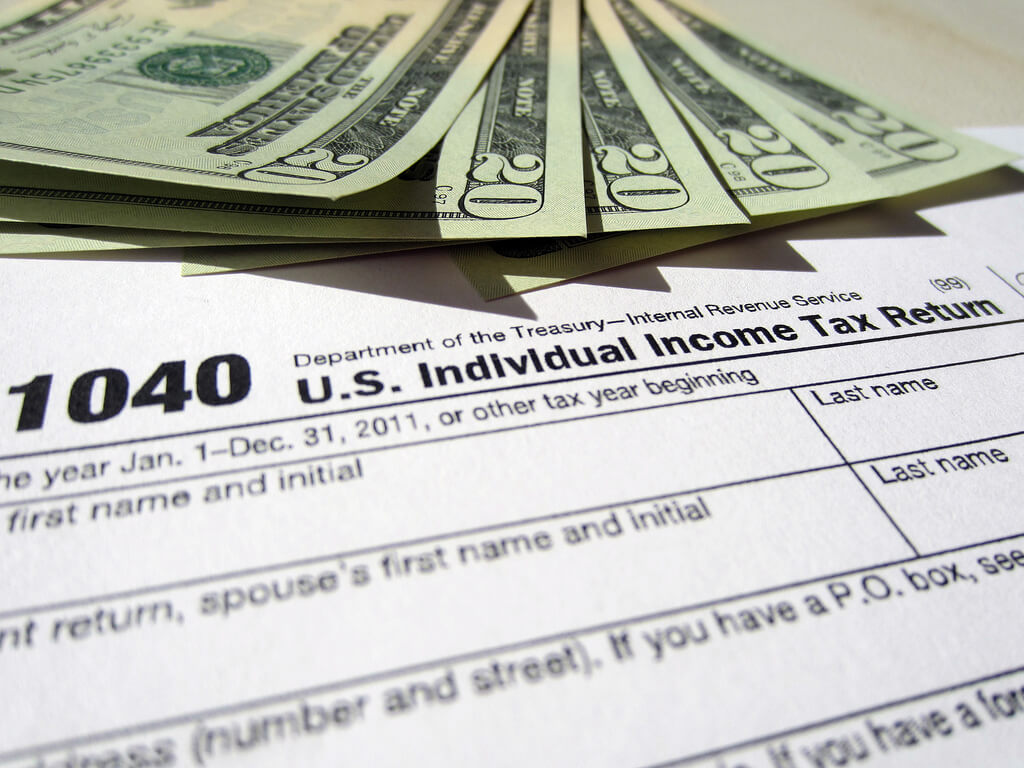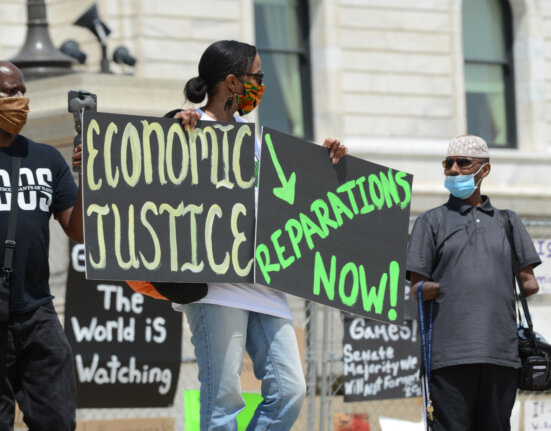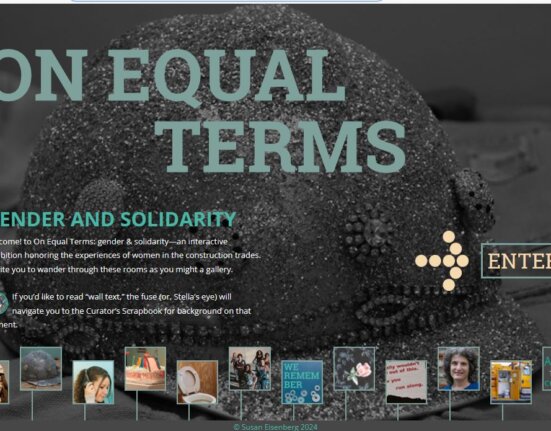I’m guessing that tax collectors have never been a popular group, but we need thousands more of them, probably about 50,000 more. Why? Because something like $400 billion in business and personal taxes go uncollected each year, and with more employees to do more audits, the Internal Revenue Service (IRS) would collect a big chunk of that missing money.
Jacob Hacker and Paul Pierson in their recent book American Amnesia report that for every dollar spent on tax law enforcement the government gets $6 in additional revenue – and even better, if the new auditors were told to focus on high-income groups where most outright fraud and evasion occurs, the return is $47 for each $1 spent on hiring tax collectors. To hire 50,000 new IRS workers to focus on getting the rich to pay what they legally owe, I figure, might cost about $3.5 billion but could produce some $150 billion in new revenue. Why wouldn’t we do that?
With that additional revenue, the government could invest in a 10-year infrastructure program like the one Bernie Sanders wants, including investments in producing and installing green energy technology. This would create 1.3 million jobs a year, mostly in manufacturing and construction. Why wouldn’t we do that?
In the first instance, “we” wouldn’t do any of that because the Republican Party, which currently controls both houses of Congress, won’t allow it. Indeed, the Republican House has been cutting the IRS budget as part of its strategy to reduce the size of government (“starving the beast”). But along with the huge tax cuts for the wealthy that are part of every Republican platform, the GOP attack on the IRS has the practical fundraising effect of benefiting its donor class. It’s part of a theory that the only road to economic growth is to throw money at rich people and corporations in hopes that they will use some of it to create jobs – a theory that has not only been refuted by historical experience backed by hard data, but which is highly unpopular with voters.
But the harder question is why Hilary Clinton and the Democrats don’t use a program like this as a rhetorical stick to beat Republicans mercilessly as the party of the 1%, for the 1%, and by the 1%. The GOP is that party, and it wouldn’t take much opposition research to “brand” it as such. Clinton does that a little bit, both rhetorically and in her economic program, but she has eschewed prosecuting the kind of real class war in the tax code that Bernie Sanders advocated – to tax “unearned” investment income at the same rates as the income people work for and to impose a sales tax on buying stocks and bonds that is miniscule compared to the sales tax we pay for a meal at Burger King. Her “fair tax” plan is composed of several little wrinkles that add up to a total increase in revenue of $50 billion a year, all of it from the top 2%. That’s better than throwing money at rich people, but it’s too small to have much of an impact on the economy or on our still increasing levels of income inequality. Prosecuting Bernie’s class war, on the other hand, would have produced at least $250 billion in annual revenues.
Short of that, however, beefing up the IRS to fight “waste, fraud, and abuse” by high-income earners has a number of features that should be useful to Clinton Democrats. First, because it does not address the structural class inequities embedded in the tax code, it might not offend the Democrats’ donor class. It’s simply a good-government, law-enforcement measure designed to catch wealthy tax cheats not “the good capitalists” we all depend on for jobs. Second, it would allow Democrats to give a full-throated defense of what a good government could provide – including well-paying government jobs and key public investments that are good for the economy in both the short- and long-terms while providing many, many more jobs. Likewise, combined with the increased revenue from Clinton’s mini-tax wrinkles, it is large enough to have a significant impact on improving the economy and reducing income inequality. Finally, and possibly most importantly, it would allow Democrats to directly confront what Hacker and Pierson see as a nearly unbeatable Republican strategy: “Say government isn’t doing its job, make it harder for the government to do its job, repeat.”
Despite these clear political advantages – especially as she runs against a presidential candidate who refuses to release his tax returns – Clinton is unlikely to raise this issue for a variety of reasons. But if she wins the election, and especially if she wins big, a Democratic Party that has been moved decisively to the Left will provide favorable terrain for long-term progressive change. Progressives from the grassroots to the think tanks will have new opportunities to advance a bigger, bolder agenda, as the labor movement in the 1930s and the Civil Rights Movement in the 1960s successfully pushed on reluctant presidents. Taxes that produce giant revenues have to be a key part of that push, and too often they have not been.
A recent example of this failure is Tamara Draut’s brilliantly optimistic analysis of renewed labor activism in Sleeping Giant: How the New Working Class Will Transform America. Before outlining what is by now a pretty standard economic, racial, gender and environmental justice program, she eloquently complains:
For the past several decades we’ve been sold the idea that somehow our country is broke. That there simply is no way we can afford the investments that would improve the lives of millions of people, not to mention modernize our nation’s decayed infrastructure. Asking ‘How are you going to pay for it?’ is an inside-the-Beltway paradigm that has seeped into our popular discourse. It’s a question lobbed by reporters and politicians, aimed at exposing the futility of dreaming of something better.
But then Draut’s program does not answer the “pay for” question, and this is fairly common, a convention of sorts among progressive books that make a compelling economic and moral case for the overwhelming value of a particular policy program and then just blindly assert that it is affordable. This is a strategic mistake.
One of the advantages of our outrageous levels of income and wealth inequality is that there is now a treasure trove of income being snatched up every year by the top 1% (about $1 trillion in my estimate) that used to go to workers and could again if we had taxes like we had before President Reagan took office. A class war in the tax code has been rejected by Democratic primary voters for now, but surely there’s a bipartisan coalition of rank-and-file voters out there for chasing tax cheats to create jobs. It beats chasing food stamp recipients for buying steak and lobster, and there’s a lot more money in it.







